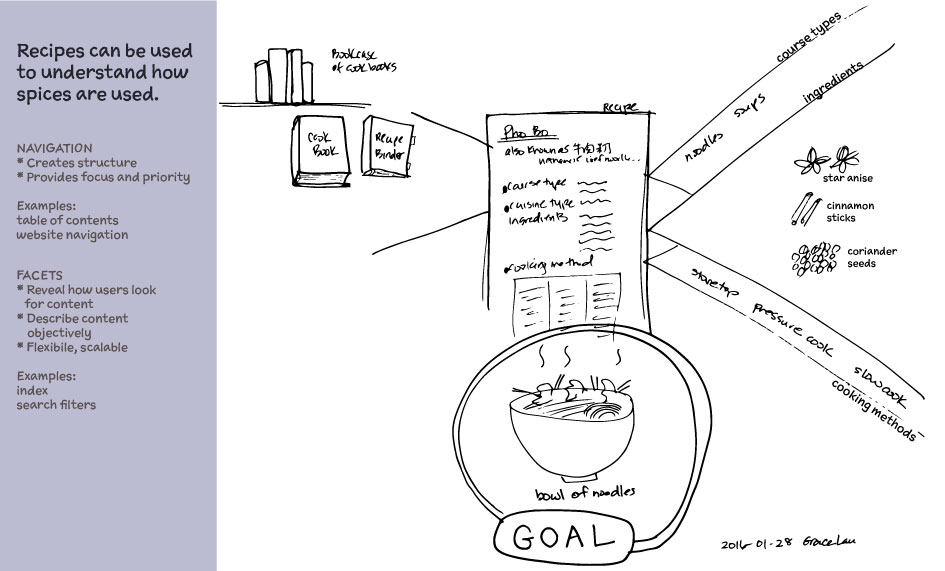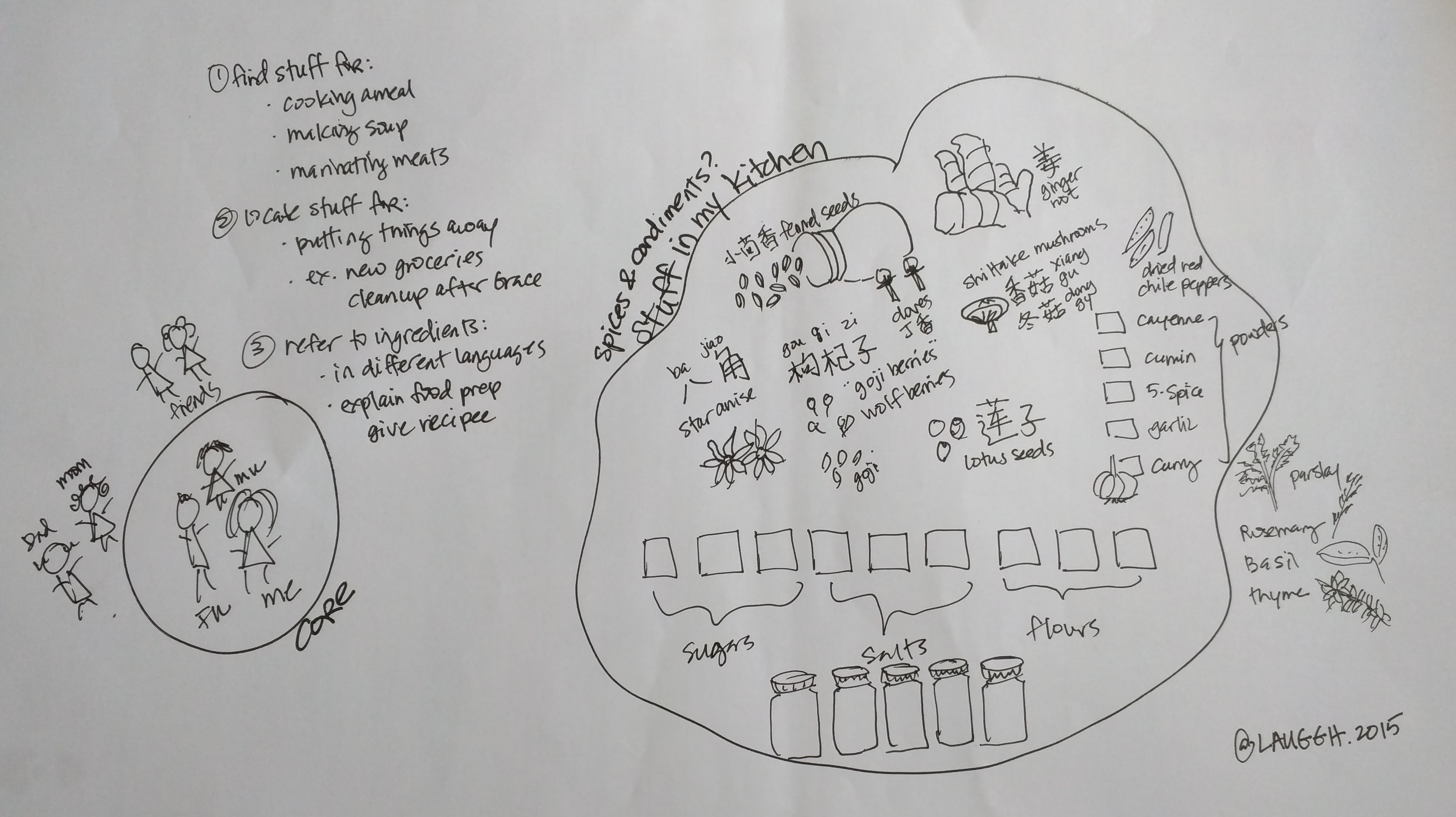This is the third in a series that has become real-life examples of taxonomies found in my kitchen. Part 3 of “Taxonomy of Spices and Pantries” looks at where and how facets can be used as multiple categories for content. Building the business case for taxonomy Planning a taxonomy The many facets of taxonomy Card sorting a kitchen taxonomy Tree testing Taxonomy governance Best practices of enterprise taxonomies Using my disorganized kitchen as an analogy, I outlined in part 1
Continue reading

